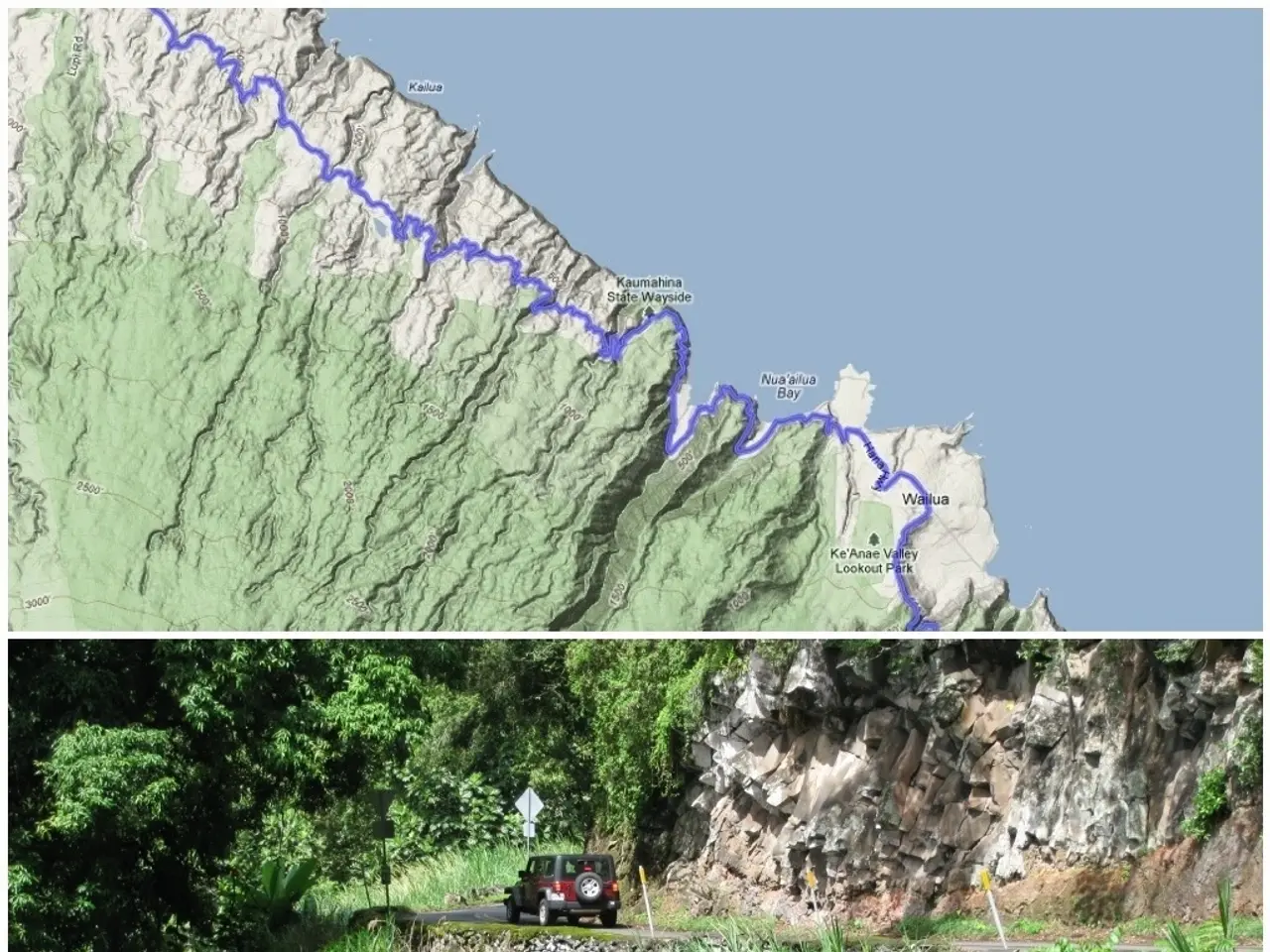Functioning of MapQuest
In 1967, MapQuest was born as a paper map division of R.R. Donnelley & Sons. Fast forward to 1996, and MapQuest made history as the world's first online mapping website, MapQuest.com.
For nearly a decade, MapQuest commanded almost 100% of the market share for online direction searches, ruling supreme from the late 1990s through the mid-2000s. However, the digital landscape was about to change.
Google Maps, launched in 2005, marked the first significant threat to MapQuest's dominance. In January 2009, Google Maps officially overtook MapQuest in market share. This shift was partially due to Google removing all links from its search results to competing mapping websites like MapQuest and Yahoo Maps, impacting MapQuest's visibility.
Despite the challenges, MapQuest has continued to evolve. In 2012, the first MapQuest mobile app was released, offering additional features like a scrollable list of 'layers' for points of interest beyond hotels, gas stations, and grocery stores. The app includes multiple route options with distance, time, and traffic conditions but does not show estimated fuel cost.
MapQuest's search engine scours its database to find the best match for user searches like '173 Hawkins Dr.' or 'coffee'. It also provides road conditions and nearby establishments like hotels, businesses, restaurants, and gas stations. Moreover, MapQuest offers live traffic updates on its website and mobile app, showing real-time traffic conditions, traffic accidents, and real-time traffic webcams in some locations.
MapQuest's technology is used by various industries. For instance, hospitals and electronic medical record (EMR) companies use MapQuest for accurate geocoding, directions, and route optimization. MapQuest for Business licenses its mapping technology to other companies, with over 250,000 B2B clients like Walgreens, Roku, Aetna, and Hertz.
Interestingly, MapQuest creates maps by using satellite images and road data purchased from other companies like TomTom. Unlike Google, MapQuest does not sell user data to third parties or track browsing history.
In 2019, MapQuest was sold by Verizon Communications, marking another significant milestone in its journey. Today, MapQuest averages 700 million searches every month, making it the third most-trafficked mapping website after Google Maps and Waze.
Whether you're navigating the digital world or the physical one, MapQuest continues to be a reliable companion, calculating driving directions, including estimated travel time, current traffic conditions, and even estimated fuel cost (on the website only). Its legacy as a pioneer in digital mapping lives on.
Read also:
- Flu Vaccination Timing and Symptoms to Watch Out For
- Executives at Lipton Teas Recognized as Trailblazers in the Consumer Packaged Goods (CPG) sector by Top Women in Grocery
- "The broadcasting of John Lennon's shows espousing controversial political opinions set off a conflict with the FBI"
- Private jets taking flight from Jeddah to Riyadh: Uncovering Saudi Arabia's emerging role as a hub for private aviation






